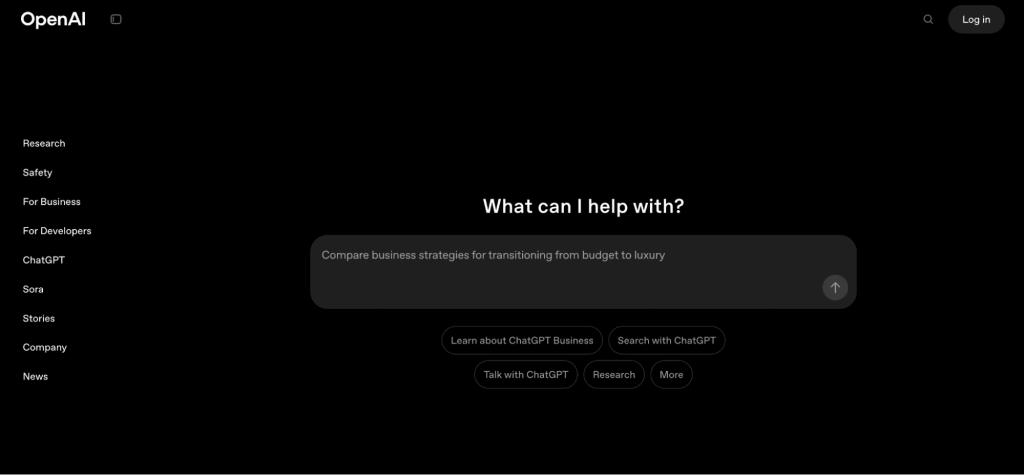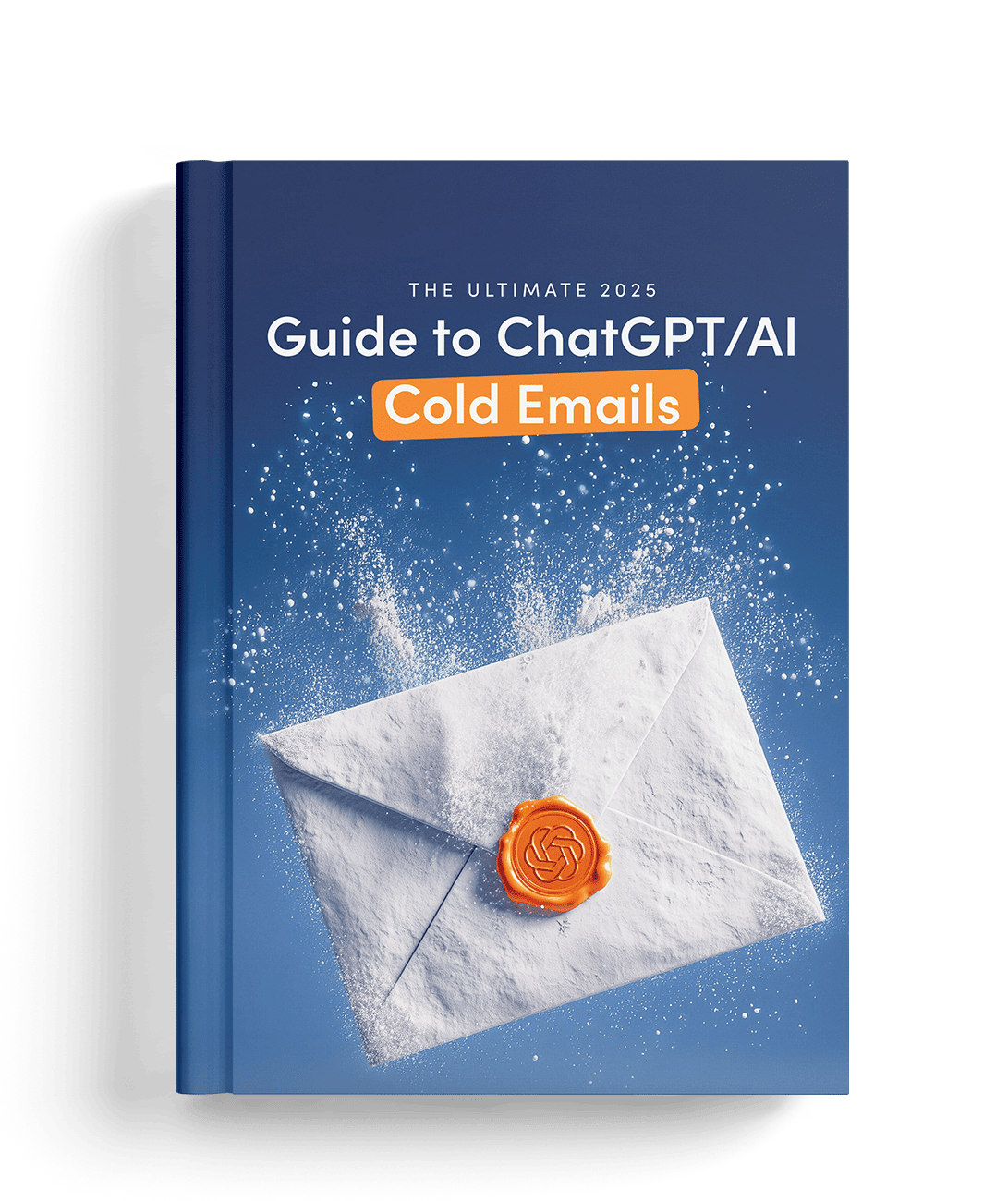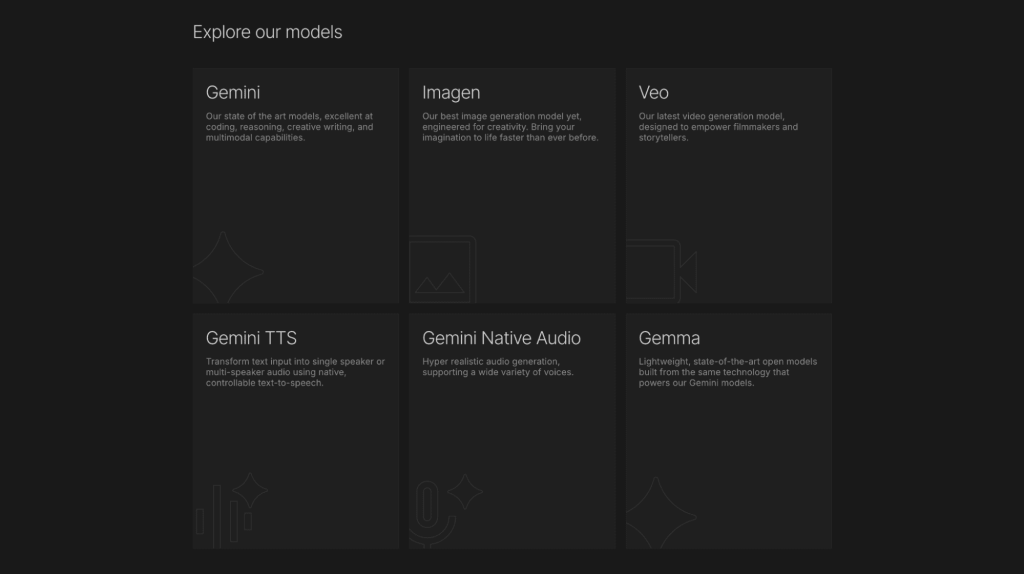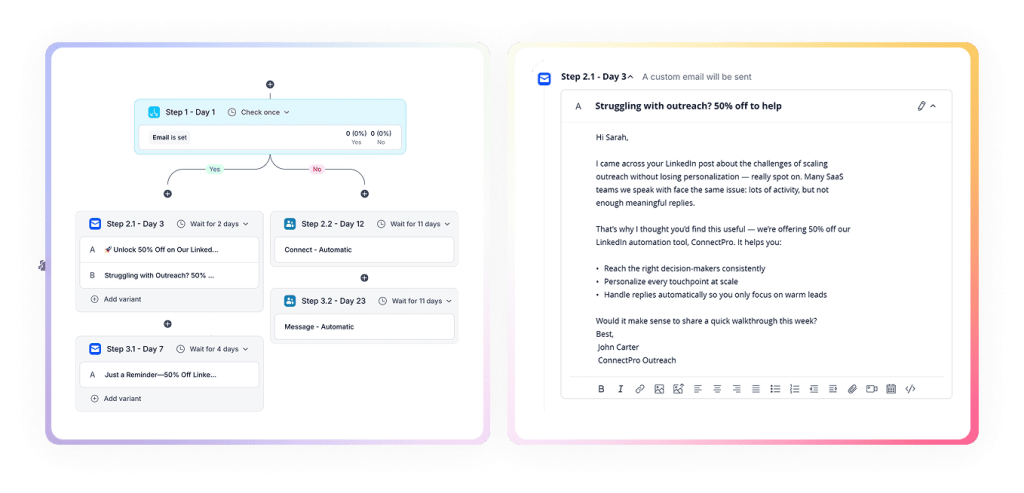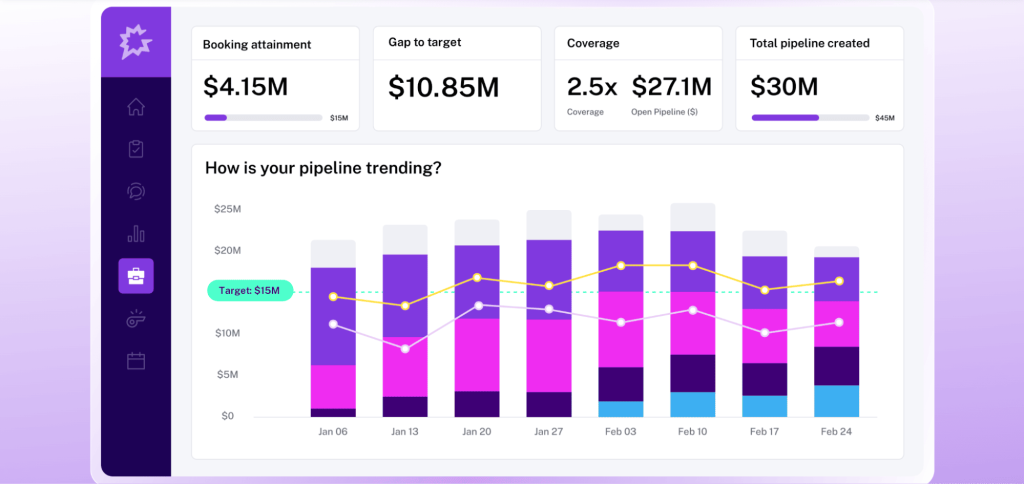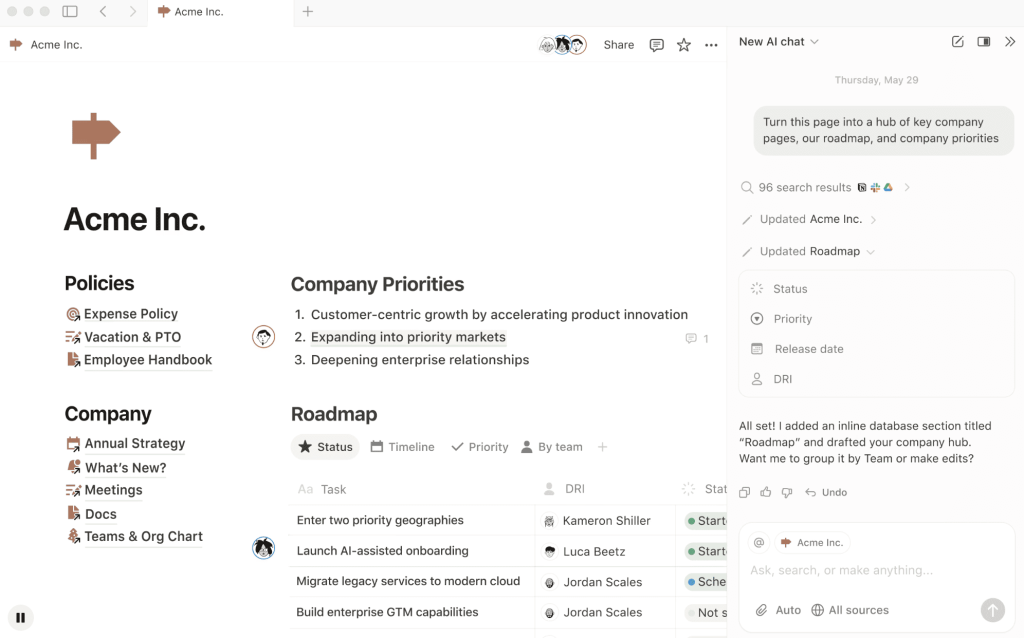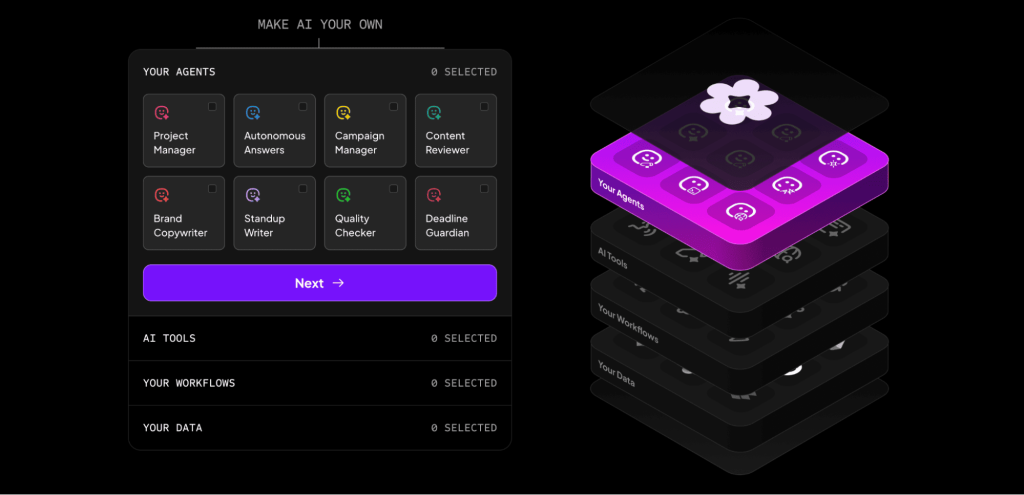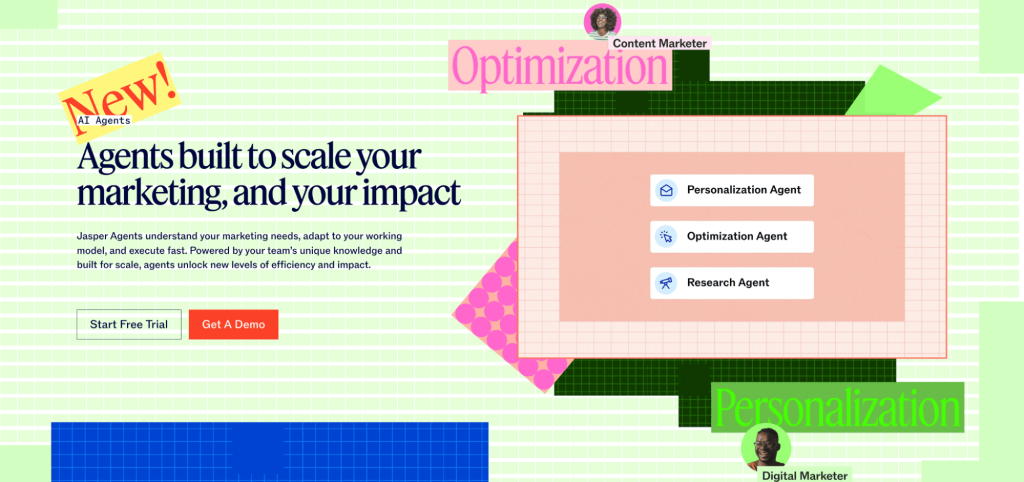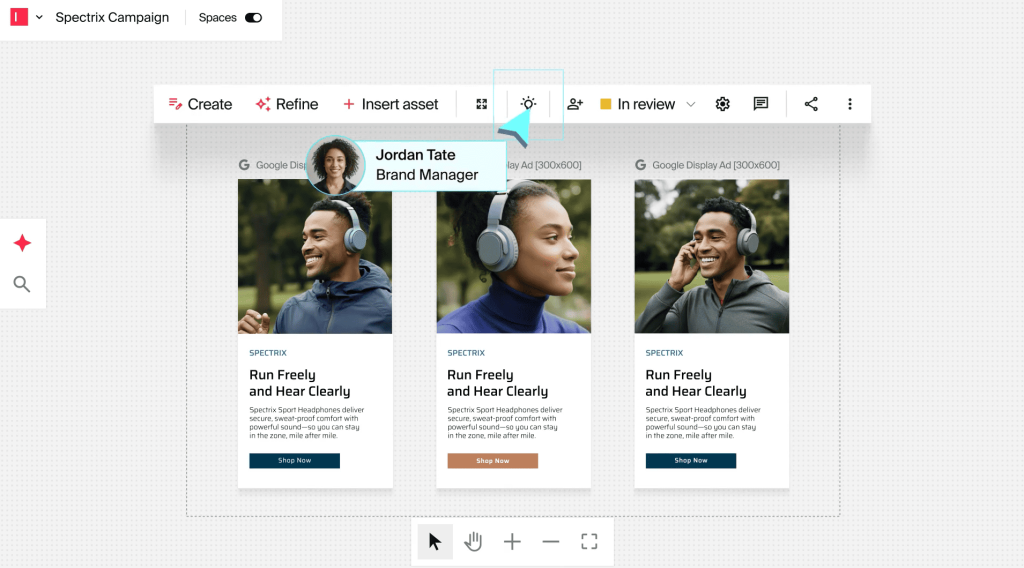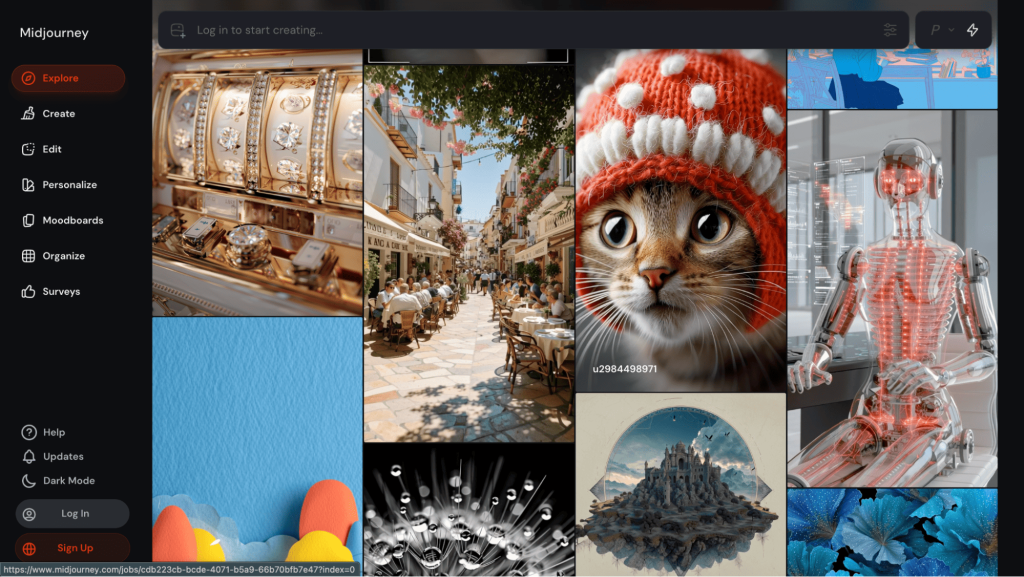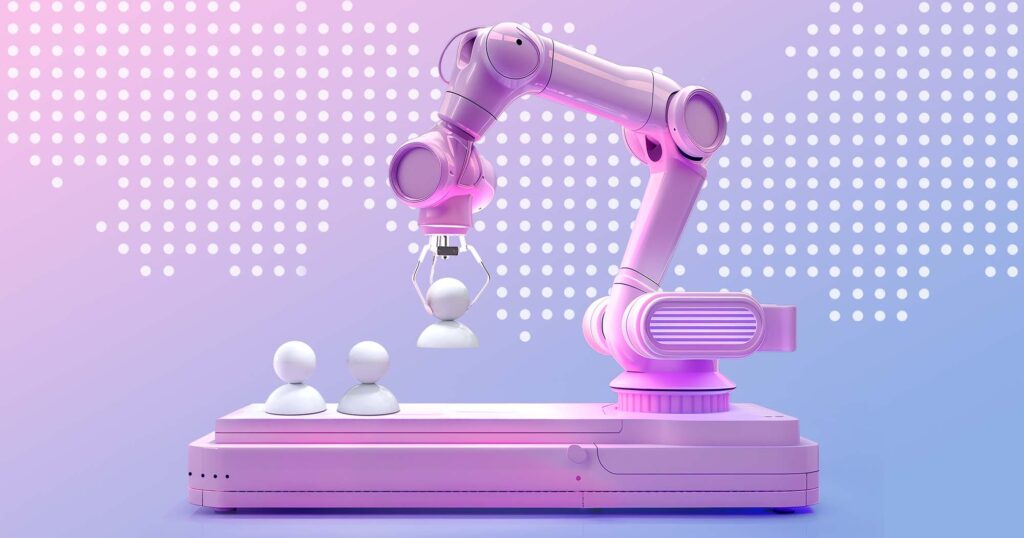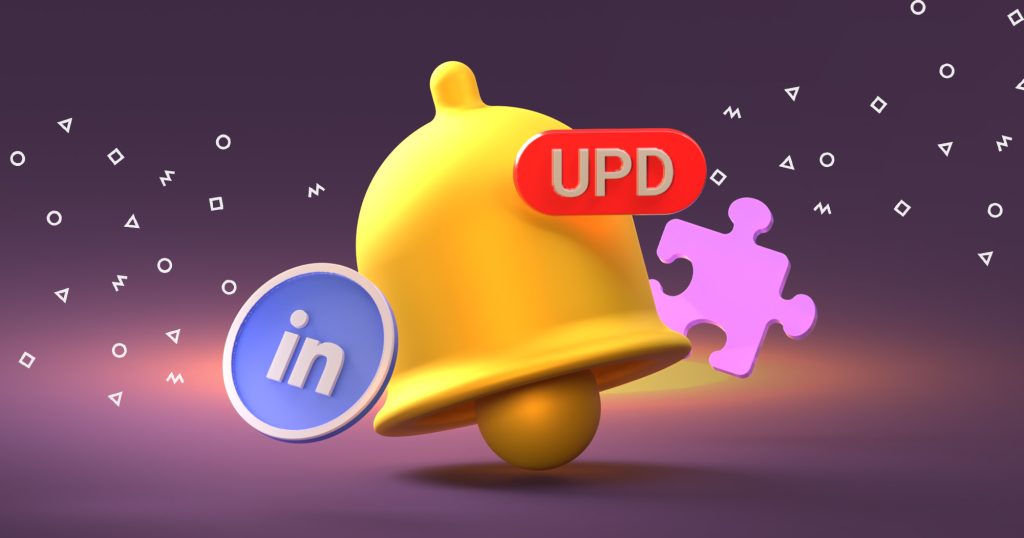AI is no longer the shiny, overhyped add-on. It has become the engine room for virtually all businesses across various industries.
Those who are still deciding whether to take the leap now have a direct disadvantage over their competitors, who are now automating entire workflows with AI systems and standalone agents.
That’s why we’ve done the research for you and compiled a list of the top AI companies in 2025 to help your business (or solo professional activities) get more efficient, innovative, and reach new levels of success.
The following ten companies cover the most important areas of modern business, including productivity, sales, productivity, marketing, and creative work.
All that’s left for you is to check out these tools, decide which are most relevant to you or your team, and start using them right away to improve your current workflows.
How we selected these AI companies
Before we jump into the top AI companies and tools, we wanted to showcase our selection criteria for adding each one to the list:
- Proven production impact → we prioritized vendors with clear, repeatable outcomes in the real world, be it higher reply rates for AI sales agents or faster cycle times for AI dev tools, as well as an overall measurable lift in output quality, or lower unit costs.
- Innovation velocity → the AI space evolves monthly, so we also looked for a 12–18 month track record of meaningful releases, rather than focusing on single flagship launches, which can often be followed by silence.
- Business readiness and governance → security and compliance are absolutely crucial in 2025, so we ensured all of the following tools follow all data and privacy regulations, along with SSO/SCIM, auditability, role-based controls, and data retention options.
- Integration capabilities → whether it’s with native integrations or public APIs, we focused on the top AI software that seamlessly plugs into your existing tech stack, be it a full-on CRM or simply Google Workspace/Microsoft Office.
- Adoption patterns that stick → we focused on tools that show tangible results within 2–4 weeks, measurably cut steps, handoffs, and app-hopping, and are simple enough to adopt with little to no training.
Now, without further ado, let’s dive into the top enterprise AI companies for your business, broken down into key categories.
Top all-around AI companies
We’ll start off with the top all-in-one tools teams use as the foundation for their AI ecosystem, which covers writing, research and analysis, image and video creation, and customized agent workflows. These are a great place to start, whether you’re a growing business or a solo entrepreneur.
OpenAI (ChatGPT, Sora, Codex)
You might be thinking, “ChatGPT? Really?”.
Well, the answer is an unequivocal “yes”. Some things in life are so popular and hyped simply because they are that good, and OpenAI is one of those examples.
OpenAI is the most accessible and complete all-in-one AI system, containing several tools that cover most aspects of modern business activities.
The good-old ChatGPT handles virtually all everyday work, from research and analysis to crafting effective cold emails or landing page and ad copy, and the list goes on. It also has special “agent” flows that, once trained, can handle entire multi-task workflows from start to finish.
For visuals, you’ve got DALL·E to generate or edit campaign images (swap backgrounds, extend canvases, produce on-brand variants) and Sora to turn a script into production-grade video clips for ads or social, both operated with simple prompts.
Then there’s Codex, which brings top-tier coding features with simple prompts, allowing you to, for instance, create a cool lead magnet for your website like an ROI calculator. Simply describe it, wire a few prompts, and ship a working prototype the same afternoon — an increasingly popular path for people building AI products to sell or package as services.
Key features:
- ChatGPT that handles everyday tasks and agents that execute multi-step workflows.
- DALL·E for simple image generation and editing, and Sora for text-to-video short clips and storyboards.
- Codex that handles scripts, automations, and quick internal tools without any heavyweight setup or IT expertise.
- Numerous native integrations with popular platforms like Notion, Zendesk, and Booking.com.


